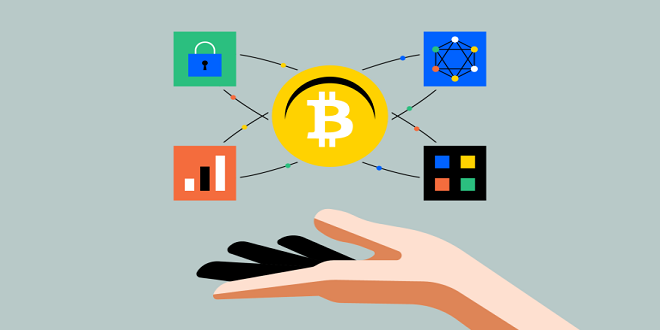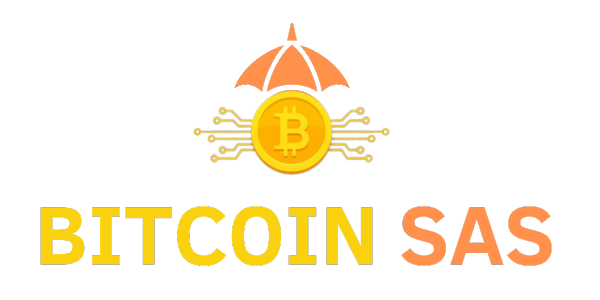Foreword the long road to bit coin Jeremy Clark

The path to Bitcoin is littered with the corpses of failed attempts. I’ve compiled a list of about a hundred cryptographic payment systems, both ecash- and credit-card-based technologies, that are notable in some way. Some are academic proposals that have been widely cited, while others are actual systems that were deployed and tested. Of all the names on this list, there’s probably only one that you recognize—PayPal. And PayPal survived only because it quickly pivoted away from its original idea of cryptographic payments on handheld devices!
There’s a lot to learn from this history. Where do the ideas in Bitcoin come from? Why do some technologies survive while many others die? What does it take for complex technical innovations to be successfully commercialized? If nothing else, this story will give you an appreciation of how remarkable it is that we finally have a real, working payment mechanism that’s native to the Internet.
Traditional financial arrangements
If you imagine a world without governments or currency, one system that could still work for acquiring goods is barter. Suppose Alice wants a tool, and Bob wants medicine. If each of them happen to have what the other person needs, then they can swap and both satisfy their needs. But suppose Alice has food that she’s willing to trade for a tool, while Bob, who has a tool, doesn’t have any need for food. He wants medicine instead. Alice and Bob can’t trade with each other, but if there’s a third person, Carol, who has medicine that she’s willing to trade for food, then it becomes possible to arrange a three-way swap where everyone gets what they need.
In contrast, in a cash-based system, Alice would buy the tool from Bob. Later, she might sell her food to Carol, and Carol can sell her medicine to Bob, completing the cycle. These trades can happen in any order, provided that the buyer in each transaction has cash on hand. In the end, of course, it’s as if no money ever changed hands. Neither system is clearly superior. A cash-based system needs to be bootstrapped with some initial allocation of cash, without which no trades can occur. A credit-based system doesn’t need bootstrapping, but the drawback is that anyone who’s owed a debt is taking on some risk. There’s a chance that the other person never settles the debt.
The trouble with credit cards online
Credit and cash are fundamental ideas, to the point that we can sort the multitude of electronic payment methods into two piles. Bitcoin is obviously in the “cash” pile, but let’s look at the other one first. Credit card transactions are the dominant payment method used on the web today. If you’ve ever bought something from an online seller such as Amazon, you know how the arrangement goes. You type in your credit card details, you send it to Amazon, and then Amazon takes these credit card details and talks to a financial system involving processors, banks, credit card companies, and other intermediaries.
Last word
In contrast, if you use something like PayPal, what you see is an intermediary architecture. A company sits between you and the seller, so you send your credit card details to this intermediary, which approves the transaction and notifies the seller. The intermediary will settle its balance with the seller at the end of each day.





